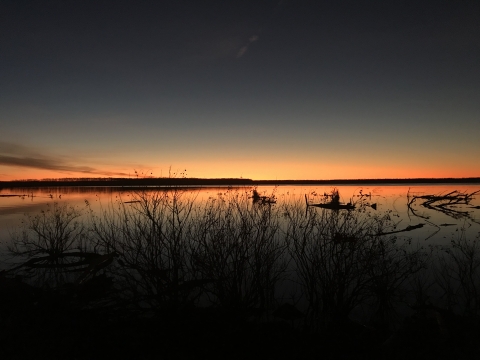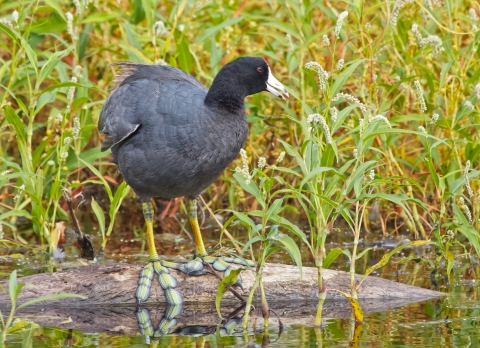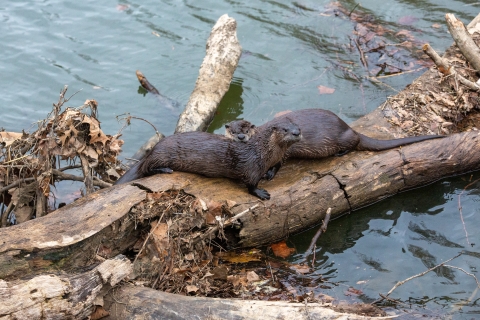Visit Us
The National Wildlife Refuge System is a series of lands and waters owned and managed by the U.S. Fish and Wildlife Service. Wildlife conservation is at the heart of the refuge system. It drives everything we do from the purpose a refuge is established, to the recreational activities offered there, to the resource management tools we use. Selecting the right tools helps us ensure the survival of local plants and animals and helps fulfill the purpose of the refuge.
Location and Contact Information
- Tishomingo National Wildlife RefugeView Details11766 South Refuge Road Tishomingo, OK 73460-3507
About Us
Nestled in south central Oklahoma, the refuge was established in 1946 to benefit migratory waterfowl in the Central Flyway and help conserve America’s wildlife heritage for current and future generations. It is an overlay of the U.S. Army Corps of Engineers Denison Dam Project, also known as Lake Texoma, and is open to the public for wildlife-dependent recreation.
What We Do
Tishomingo National Wildlife Refuge staff use various resource management tools to provide habitat needed by migratory birds and native wildlife.
Refuge staff and volunteers manage fields along Wildlife Drive for migratory Snow, Ross’, and White-fronted Geese. The birds arrive by the thousands in fall to find food in the bright green fields of winter wheat. By early spring, the fields are usually barren and nature calls the birds to their northern breeding grounds. Grasses, sedges, and wildflowers cover the fields by March and a variety of insects, including butterflies, and birds use the habitat for feeding and breeding through July. By August, it is time to once again prepare for arriving geese, so the cycle begins again.
Much of what is now refuge lands lies within the Blackland Prairie Ecosystem. The rich, fertile soils of this once expansive landscape supported native grasses and wildflowers including little bluestem, big bluestem, Indiangrass, switchgrass, Indian paintbrush, coneflower, brown-eyed Susan, and the famous Texas bluebonnet. Today, what remains of refuge prairie is managed by using mechanical mowers and prescribed fire to control invasive woody vegetation such as honey locust, winged elm, and eastern red cedar.
Our Species
On first arrival, make sure to stop at the visitor center to check out a variety of exhibits including orientations maps and videos, wildlife nature and habitat displays, interactive games and seasonally changing exhibits. Whether you are planning a day trip or a longer stay, you will find plenty to enjoy. Wildlife, bird watching, and historic appreciation top the list at this scenic refuge. You may also enjoy self-guided trails through wildflower fields, woods and wetlands, a picnic pavilion with grills, fishing, boating, canoeing, or kayaking in the summer season.

























